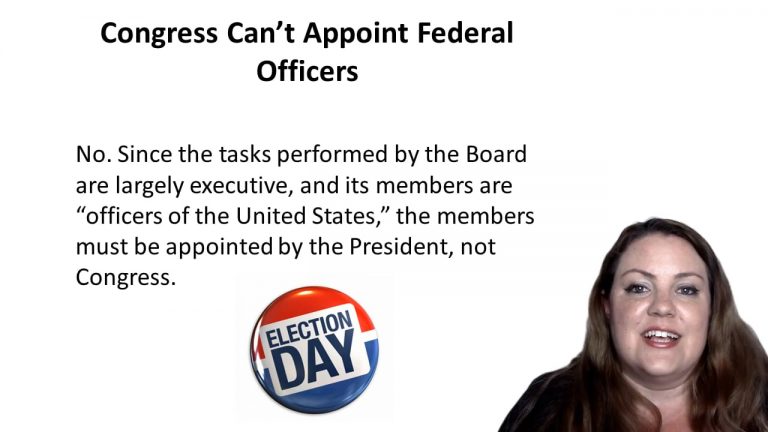SmartBrief
Confirm favorite deletion?
Constitutional Law Keyed to Chemerinsky
Zivotofsky v. Kerry
Citation:
135 S. CT. 2076 (2015)Facts
In 1948, President Truman formally recognized Israel in a signed statement but the statement did not recognize Israeli sovereignty over Jerusalem. Since then, neither President nor any subsequent U.S President has issued an official statement or declaration acknowledging any country’s sovereignty over Jerusalem. The President’s position on Jerusalem is reflected in State Department policy regarding passports and the State Department’s Foreign Affairs Manual (FAM) instructs its employees to record the place of birth for citizens born in Jerusalem as “Jerusalem,” with no inclusion of Israel. In 2002, Congress passed the Foreign Relations Authorization Act, seeking to override the FAM by allowing citizens born in Jerusalem to list their place of birth as “Israel.” In 2002, the petitioner, born in Jerusalem, sought to put “Jerusalem, Israel” as his place of birth, but the Embassy rejected pursuant to the State Department policy.
Only StudyBuddy Pro offers the complete Case Brief Anatomy*
Access the most important case brief elements for optimal case understanding.
*Case Brief Anatomy includes: Brief Prologue, Complete Case Brief, Brief Epilogue
- The Brief Prologue provides necessary case brief introductory information and includes:
Topic:
Identifies the topic of law and where this case fits within your course outline.Parties:
Identifies the cast of characters involved in the case.Procedural Posture & History:
Shares the case history with how lower courts have ruled on the matter.Case Key Terms, Acts, Doctrines, etc.:
A case specific Legal Term Dictionary.Case Doctrines, Acts, Statutes, Amendments and Treatises:
Identifies and Defines Legal Authority used in this case.
- The Case Brief is the complete case summarized and authored in the traditional Law School I.R.A.C. format. The Pro case brief includes:
Brief Facts:
A Synopsis of the Facts of the case.Rule of Law:
Identifies the Legal Principle the Court used in deciding the case.Facts:
What are the factual circumstances that gave rise to the civil or criminal case? What is the relationship of the Parties that are involved in the case.Issue(s):
Lists the Questions of Law that are raised by the Facts of the case.Holding:
Shares the Court's answer to the legal questions raised in the issue.Concurring / Dissenting Opinions:
Includes valuable concurring or dissenting opinions and their key points.Reasoning and Analysis:
Identifies the chain of argument(s) which led the judges to rule as they did.
- The Brief Prologue closes the case brief with important forward-looking discussion and includes:
Policy:
Identifies the Policy if any that has been established by the case.Court Direction:
Shares where the Court went from here for this case.

 8m 0s
8m 0s